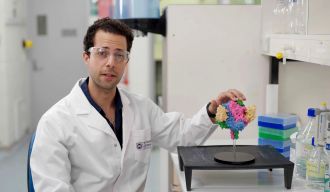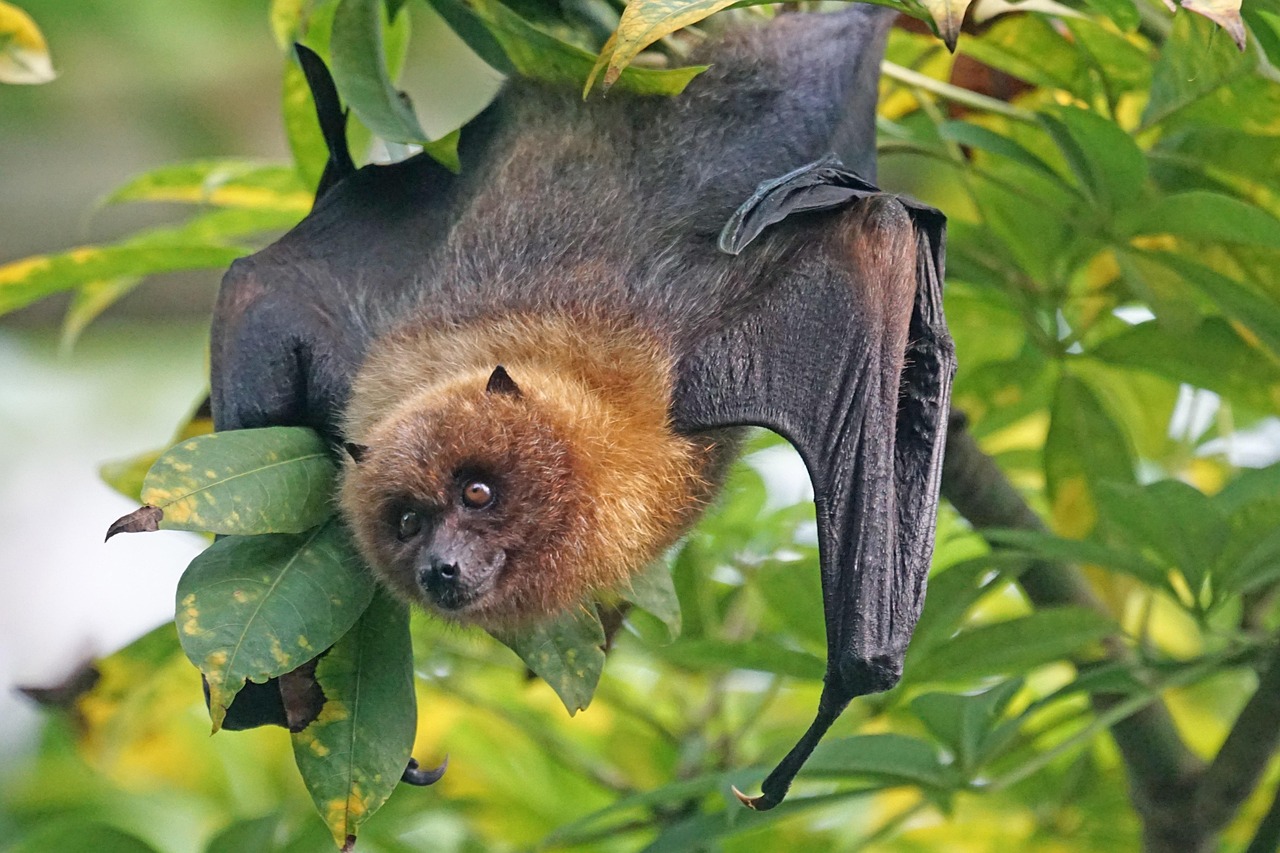Media release
From:
Tiny antibody has big impact on deadly viruses
Researchers have discovered a strategy to neutralise two highly lethal viruses for which there is currently no approved vaccine or cure.
A team led by Professor Daniel Watterson and Dr Ariel Isaacs at The University of Queensland has identified the first ever nanobody to work against Nipah and Hendra, henipaviruses which have jumped from animals to people in Asia and Australia.
“A nanobody is one-tenth the size of an antibody and being that small it can access hard-to-reach areas of a virus to block infection,” Dr Isaacs said.
“Nanobodies are also easier to produce and more stable at higher temperatures than traditional antibodies, so we are very excited about the potential of our discovery to lead to new treatments.”
The nanobody, called DS90, was among a series isolated by research partners at Universidad Austral de Chile from the immune cells of an alpaca called Pedro.
Camelids, including alpacas, are the only land animals which produce nanobodies.
DS90 was identified via a platform developed by Professor Alejandro Rojas-Fernandez which can isolate nanobodies against viruses of concern.
“Together with UQ, we aimed to construct a broad barrier against future pandemic viruses based on scalable antiviral nanobodies – this fantastic work is just the beginning,” Professor Rojas-Fernandez said.
Tests at Professor Watterson’s laboratory at UQ’s School of Chemistry and Molecular Biosciences confirmed DS90 could bind successfully to proteins in Nipah and Hendra viruses and block their ability to enter cells.
The team used cryogenic electron microscopy at UQ’s Centre for Microscopy & Microanalysis to examine the process.
“We could see exactly how the nanobody bound to the virus reaching right into deep pockets, whereas antibodies typically just bind to exposed surfaces of viruses,” Professor Watterson said.
“This new information is a crucial step towards using a nanobody to combat Hendra and Nipah, which cause outbreaks in people and can often lead to fatal respiratory and neurological disease.”
The team also combined the DS90 nanobody with a developmental antibody therapy that is used as a last resort treatment for people infected with Hendra and Nipah.
“Excitingly, we demonstrated that the combination of DS90 with the m102.4 antibody – which is made at UQ – prevents Nipah virus from mutating and evolving,” Dr Isaacs said.
“This is a powerful technique to prevent new deadly variants emerging.
“Other nanobodies have been approved for use as cancer treatments and it is now exciting to see that nanobodies can also be used to neutralise viruses.
“The next step will be to translate our findings into a therapeutic to be clinically ready in case of an outbreak of Hendra in Australia or Nipah in Asia.”
First identified in Brisbane in 1994, Hendra virus has infected people via horses and flying foxes in eastern Australia. Nipah virus outbreaks in people occur almost annually in Bangladesh and occasionally in other Asian countries where it is carried by bats.
The UQ research project was supported by the work of Professor Alejandro Rojas-Fernandez and Dr Guillermo Valenzuela Nieto at Universidad Austral de Chile, along with scientists at CSIRO’s Australian Centre for Disease Preparedness and the University of Science and Technology of China.
The research has been published in Nature Structural and Molecular Biology.
Multimedia




 Australia; VIC; QLD
Australia; VIC; QLD



